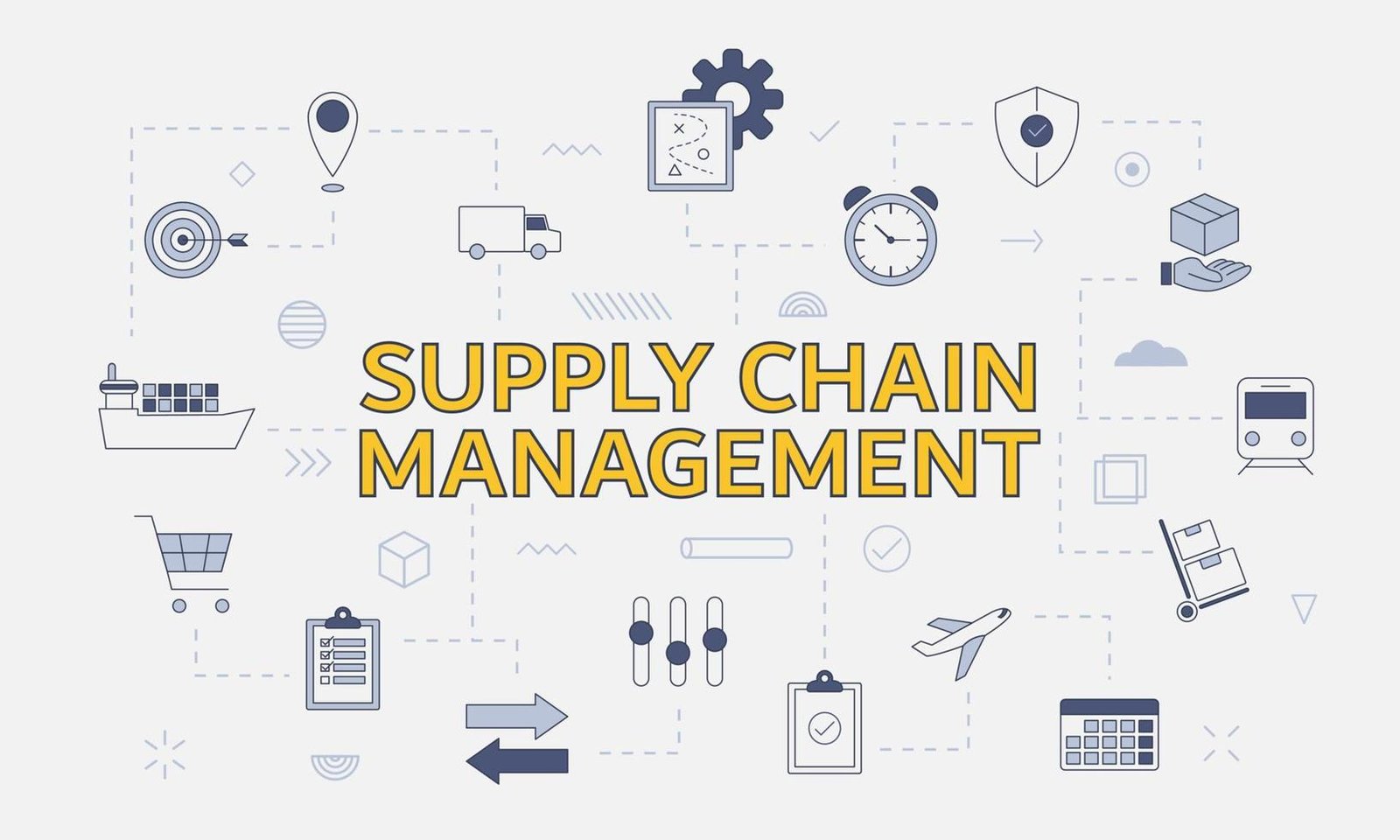Insurance Policy Limit Lookup, offering protection against risks and unforeseen events. Whether it’s health insurance, auto insurance, home insurance, or any other type of policy, understanding the terms and limits of your insurance coverage is crucial.
One important aspect of any Insurance Policy Limit Lookup.” The policy limit refers to the maximum amount that an insurance company will pay for a covered loss. This could be a specific dollar amount or a set of limits applied across different types of coverage within the policy.
For those new to insurance, understanding how to look up and interpret these policy limits can seem complicated. In this beginner’s guide, we’ll walk you through the basics of insurance policy limits, why they matter, and how to easily perform a policy limit lookup.
What Are Insurance Policy Limits?
Before diving into how Insurance Policy Limits Lookup, it’s essential to understand what they are. The policy limit is the maximum amount an insurance company will pay for a covered claim. Different types of insurance policies will have different kinds of limits, such as:
Per Occurrence Limit: This is the maximum amount your insurance policy will pay for a single event or incident. For example, in auto insurance, the per occurrence limit might be how much the insurance will pay for a single-car accident.
Aggregate Limit: Some policies, like liability insurance, may have an aggregate limit, which is the maximum amount the policy will pay for all claims during a policy period (typically one year). This could be the total payout for all covered events in that year.
Per Person Limit: This is often seen in health or auto insurance, referring to the maximum amount your policy will pay for a single person’s injuries in the event of an accident.
Per Incident or Claim Limit: This refers to the amount that will be paid out per specific claim. If there are multiple claims for different events, each claim might be subject to its limit.
The policy limits can significantly affect how much financial protection your policy offers, so it’s important to know exactly what they are. These limits are typically stated in your insurance policy documents or declarations page.
Why Do Policy Limits Matter?
Understanding your insurance policy limits is critical for several reasons:
Financial Protection: Knowing your policy limits helps you understand the extent of your financial protection. If you are involved in a major accident or disaster, your policy limit will determine how much coverage you have and whether it will be enough to cover your expenses or losses.
Potential Gaps in Coverage: If your Insurance Policy Limit Lookup is too low, you might not have enough coverage to fully protect yourself from financial losses. This is particularly important in areas like liability insurance, where legal fees and settlements can easily exceed the limits of a policy.
Premium Costs: Typically, higher coverage limits come with higher premium costs. By understanding the policy limits, you can decide whether to adjust them to better suit your needs or budget.
Peace of Mind: Knowing your limits provides peace of mind in case of a claim. You’ll have a clearer understanding of what is covered and what you might need to pay out of pocket.
How to Look Up Your Insurance Policy Limits
Looking up your insurance policy limits is relatively straightforward. Here’s a step-by-step guide on how to do it:
A. Review Your Policy Documents
The first place to look for your Insurance Policy Limit Lookup is in your actual insurance policy document. Whether it’s a printed or digital copy, your insurance policy will outline the specifics of your coverage, including the policy limits. The key sections to review are:
Declarations Page: This is typically the first page of your insurance policy and will give a summary of your coverage, including policy limits for various types of coverage. Look for terms like “per occurrence limit,” “aggregate limit,” or “per person limit” on this page.
Coverage Details: For more in-depth information, review the sections of your policy that detail each type of coverage (liability, collision, comprehensive, etc.). These sections will typically indicate the coverage limits for each category.
B. Check Your Insurance Company’s Online Portal
Most modern insurance providers offer online portals where you can log in and access your insurance information. If your insurer provides an online account or mobile app, you can often look up your policy limits directly through these platforms. To find this information:
Log into your account on the insurer’s website or app.
Navigate to the “Policies” or “Coverage” section.
Look for your current policy documents or a summary of your coverage.
Review the policy limits as listed for each coverage type.
C. Contact Your Insurance Agent or Company
If you have trouble locating your policy limits or need clarification, reaching out to your insurance agent or the customer service department of your insurance company is always a good option. They can:
Provide you with a copy of your policy or direct you to the section outlining the policy limits.
Explain any specific terms or conditions that may affect your coverage limits.
Help you adjust your coverage limits if needed.
It’s important to contact them directly for clarification, especially if you have concerns about whether your policy limits are sufficient to meet your needs.
D. Look for Automatic Updates
Some insurance companies offer automatic updates to coverage limits based on specific criteria, such as inflation or changes in the cost of repairs. In these cases, your insurance provider might increase your policy limits over time without you having to take any action. However, it’s still a good idea to periodically review your coverage limits to ensure they align with your current needs.
Conclusion
Understanding your Insurance Policy Limit Lookup is vital for ensuring that you have the right level of protection. By looking up your policy limits, you can gain peace of mind knowing what’s covered and whether you need to make adjustments to your coverage.
Regularly reviewing your insurance documents, using online portals, and reaching out to your insurer for clarification will help you stay informed and protected. Remember, the right policy limits can make all the difference when it comes to preventing financial strain in the event of a claim.












Leave a Reply